Discover These Red Dye 40 Free Foods: A List to Keep Handy
What is Red Dye 40
Red Dye 40 is a synthetic food coloring that is commonly used to add a red color to a variety of foods and beverages. It is one of the most widely used food colorings in the United States and is found in many popular foods, including candy, soft drinks, and baked goods.
Red 40 Side Effects: What You Need to Know
While Red Dye 40 is considered safe by the Food and Drug Administration (FDA), there are some potential health effects associated with its use.
One of the most common side effects of Red 40 is hyperactivity in children. This food coloring has been linked to increased hyperactivity in children who are sensitive to its effects. It may also exacerbate symptoms in children with ADHD.
In addition to hyperactivity, Red 40 may also cause allergic reactions in some individuals. These reactions can range from mild to severe and may include symptoms such as hives, itching, and swelling.
Some studies have also suggested that Red 40 may be linked to cancer. While the FDA has not found conclusive evidence to support this claim, it is still a concern for some individuals.
How To Avoid Artificial Colors In Food
If you are concerned about the potential health effects of artificial food colors, there are some steps you can take to reduce your exposure:
Read food labels carefully: When shopping for food, make sure to carefully read the ingredient list. Look for foods that do not contain artificial colors, or that use natural alternatives instead.
Choose whole foods: One of the best ways to avoid artificial colors is to choose whole foods. Fruits, vegetables, and other whole foods are naturally colorful and do not contain artificial food colorings.
Make your own food: By making your own food from scratch, you can control the ingredients and avoid artificial food colorings. This is particularly important when it comes to baked goods and other processed foods.
Look for natural alternatives: If you want to add color to your food, look for natural alternatives, such as beet juice or turmeric. These natural food colorings are safe and can be used in a variety of recipes.
Avoid processed foods: Processed foods are more likely to contain artificial food colorings than whole foods. By avoiding processed foods, you can reduce your exposure to these potentially harmful additives.
By following these tips and tricks, you can reduce your exposure to artificial food colors and make more informed decisions about what you eat. Remember to read food labels carefully, choose whole foods whenever possible, and look for natural alternatives to artificial food colorings.
List of Foods Without Red Dye 40
Are you looking to reduce your intake of Red Dye 40? Whether you’re looking for snacks, beverages, or ingredients for your favorite recipes, there are many great options out there that don’t contain Red Dye 40. Here we’ve compiled a list of foods without Red Dye 40, so you can make informed choices about what you eat and drink.
Fresh fruits and vegetables
Most fresh fruits and vegetables do not contain any artificial food colorings, including Red Dye 40. Some of them may be naturally colored. For example, blueberries, beets, and red cabbage contain natural pigments that can add color to foods.
Whole grains
Whole grains, such as brown rice, quinoa, and whole wheat bread, do not contain Red Dye 40.
Dairy products
Most dairy products, such as milk, cheese, and yogurt, do not contain artificial food colorings.
Meat and poultry
Fresh meat and poultry do not contain Red Dye 40, although some processed meats, such as hot dogs and sausages, may contain artificial food colorings.
Fish and seafood
Fresh fish and seafood do not contain Red Dye 40, although farm raised fish may contain artificial food colorings.
Nuts and seeds
Most nuts and seeds, such as almonds, walnuts, and sunflower seeds, do not contain Red Dye 40.
Beverages
Water, unsweetened tea, and coffee do not contain artificial food colorings. Some fruit juices and sports drinks may contain Red Dye 40, so it is important to read the ingredient labels carefully.
Naturally Colored Candy Without Red Dye 40
Many candies do contain Red Dye 40, but not all of them. Red Dye 40 is an artificial food coloring that is commonly used to give candies their bright red color and is also used in other colors as well. It can be found in a variety of candies, such as gummies, hard candies, and chocolates, among others.
However, there are also many candies that are naturally colored or use alternative natural food colorings. Some candies use fruit and vegetable extracts, such as beet juice, carrot juice, and spirulina, to give them their color. Others may use natural colors like turmeric or paprika.
If you are concerned about the potential health effects of Red Dye 40 or other artificial food colorings, it is important to read ingredient labels carefully and choose natural alternatives whenever possible.
YumEarth Organic Lollipops
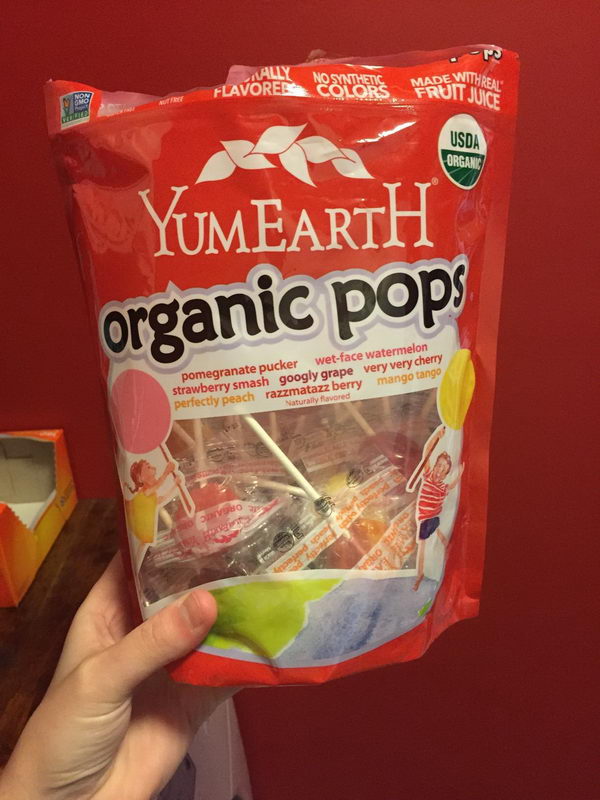
via Amazon
Black Forest Organic Gummy Bears Candy
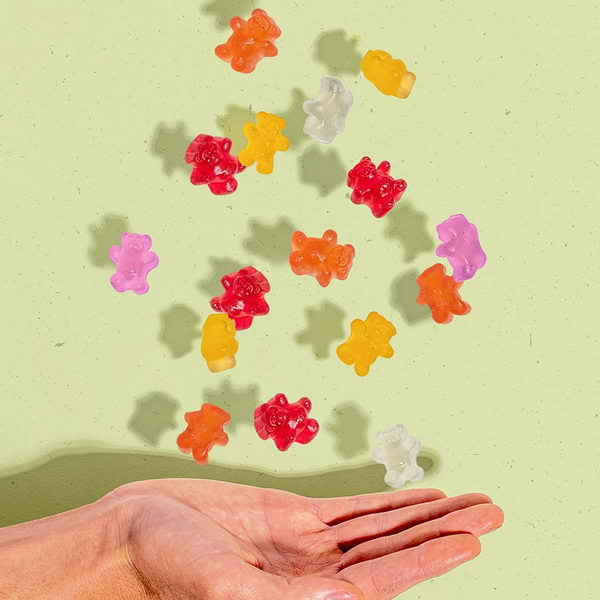
via Amazon
Trader Joe’s Gourmet Jelly Beans

via Amazon
Cake Decorating Without Red Dye 40
Red Dye 40 can be found in many cake decorating products, including food coloring. However, Cake decorating without Red Dye 40 is possible.
ColorKitchen Food Coloring
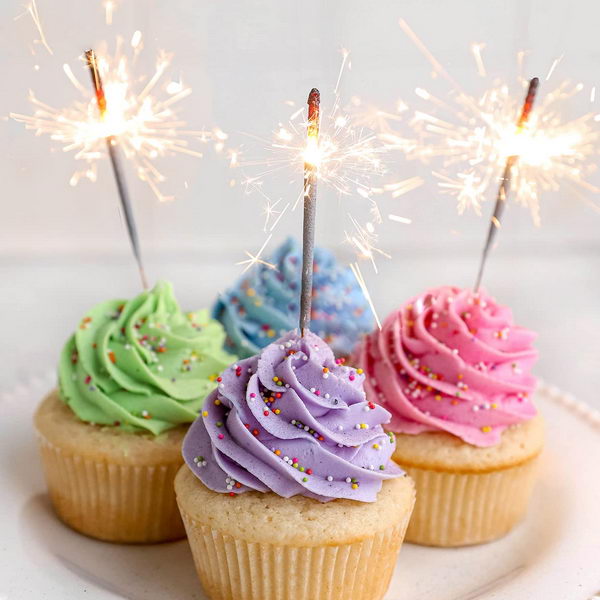
via Amazon
McCormick Nature Food Colors
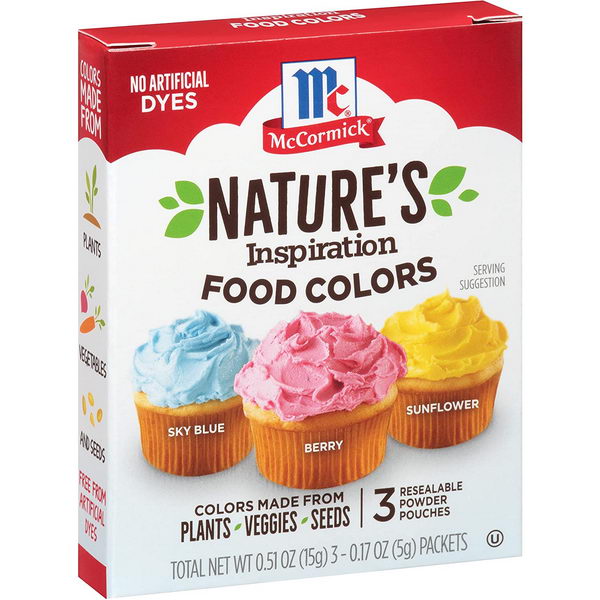
via Amazon
India Tree Nature’s Colors Carnival Sprinkles
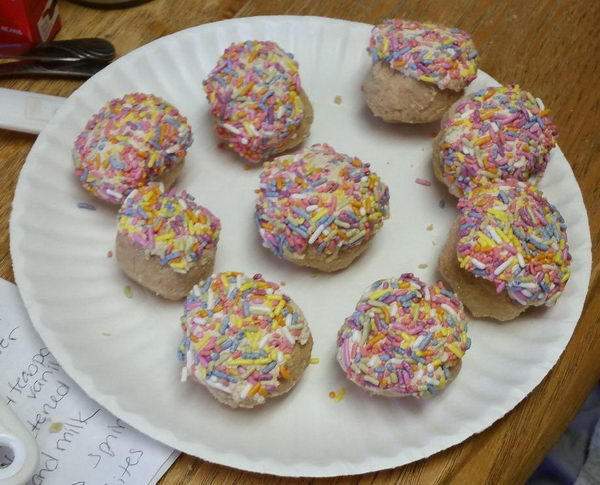
via Amazon
Fruit Bars
Fruit bars may or may not contain Red Dye 40. It depends on the specific brand and the ingredients used. Read ingredient labels carefully and choose natural alternatives whenever possible. Many fruit bar manufacturers now offer natural alternatives to their traditional products, which are free from artificial food colorings and other additives.
Bare Baked Crunchy Apples Fruit Snack Pack
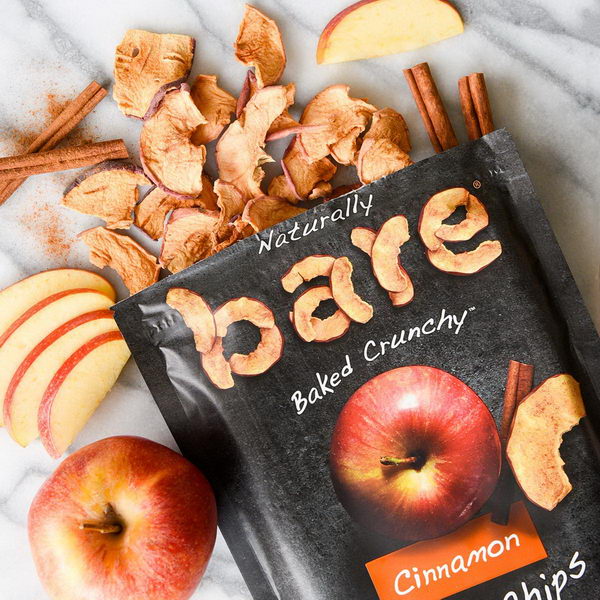
via Amazon
That’s it Apple and Banana Fruit Bar
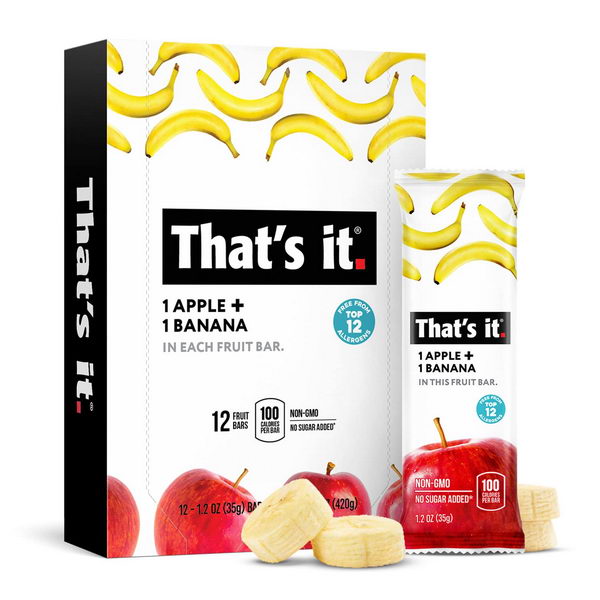
via Amazon
Cookie or Chocolate Chip Without Red Dye 40
When it comes to cookies or chocolate chips, some brands may use Red Dye 40 as a food coloring to make their products appear more vibrant. However, many other companies opt to use natural food colorings like beet juice or turmeric instead. If you want to know whether a particular brand contains Red Dye 40, just check out the ingredient list on the packaging. Keep an eye out for alternative names for Red Dye 40, like FD&C Red No. 40 or Allura Red AC.
Annie’s Homegrown Organic Chocolate Chip Cookie Bites
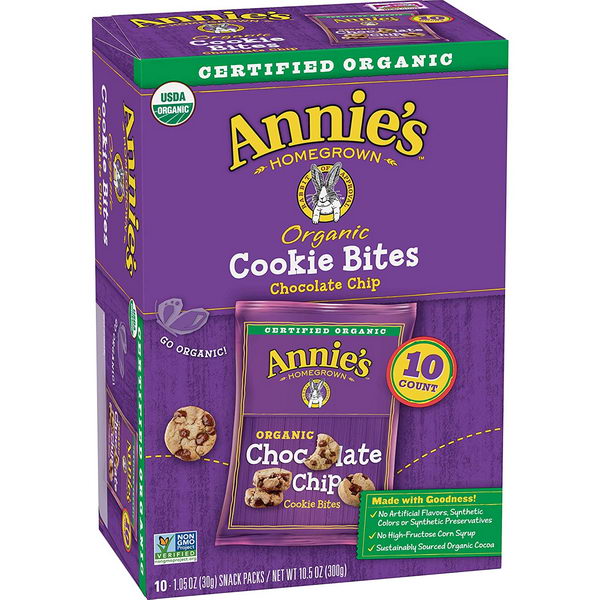
via Amazon
Simple Mills Sweet Thins Cookies

via Amazon
MadeGood Cookies and Chocolate Chip
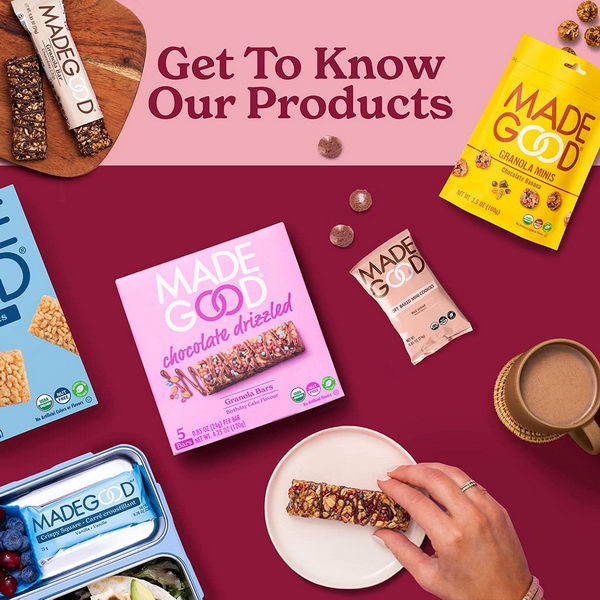
via Amazon
LARABAR Banana Chocolate Chip
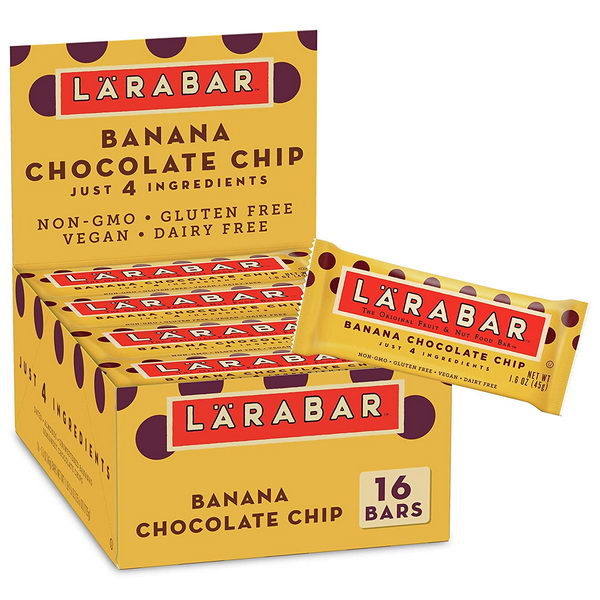
via Amazon
RXBAR Protein Bar
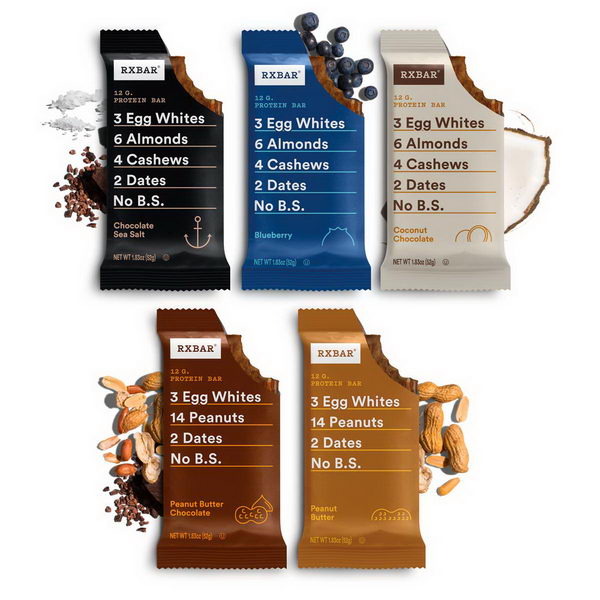
via Amazon
KIND Dark Chocolate Almond and Coconut Bars
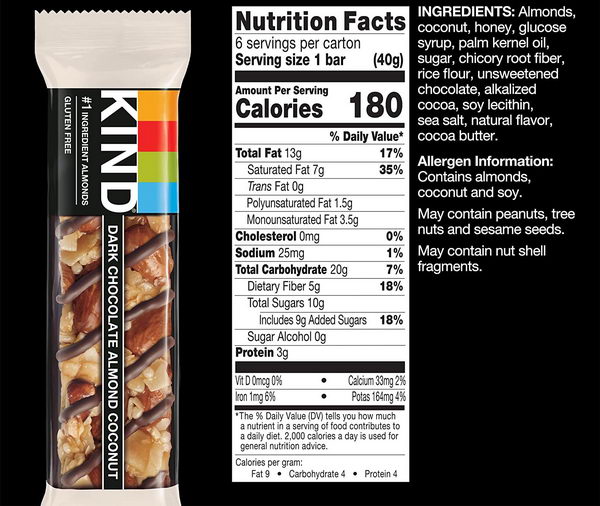
via Amazon
CLIF Energy Bars
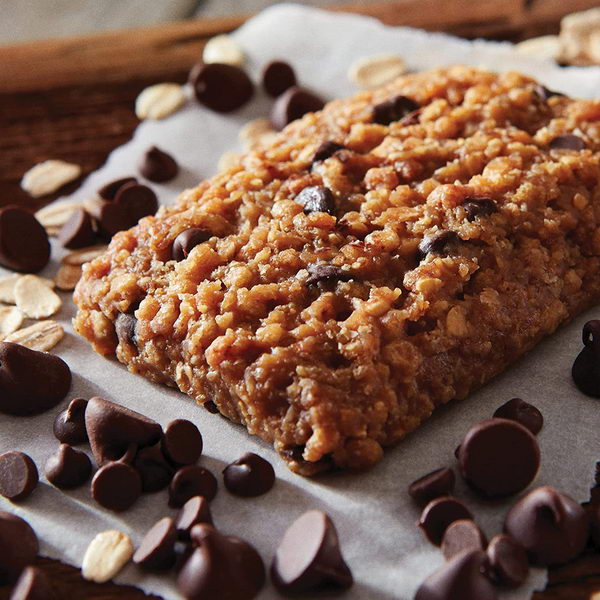
via Amazon
Salad Dressing Without Red Dye 40
We all know that it’s important for kids to limit their intake of artificial food dyes. However, we may not realize just how much food dye we adults are consuming too! Many food manufacturers use it in salad dressing. So, to help you out, here’s a short list of clean salad dressings that are free from artificial food dyes.
Primal Kitchen Mayo made with Avocado Oil
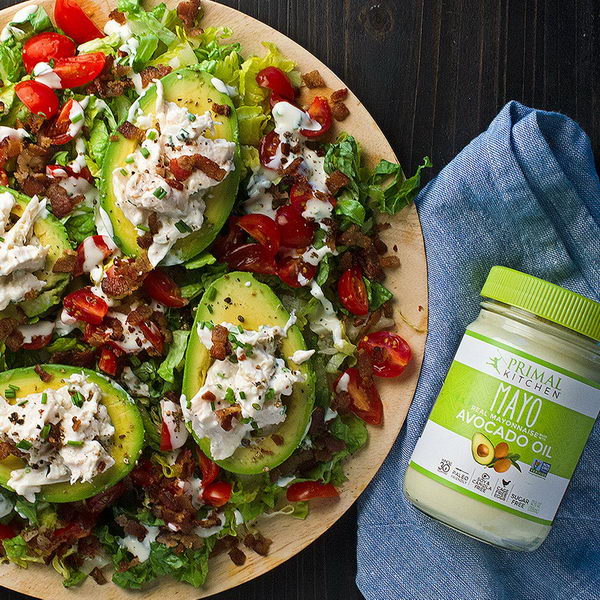
via Amazon
Tessemae’s All Natural Salad Dressing
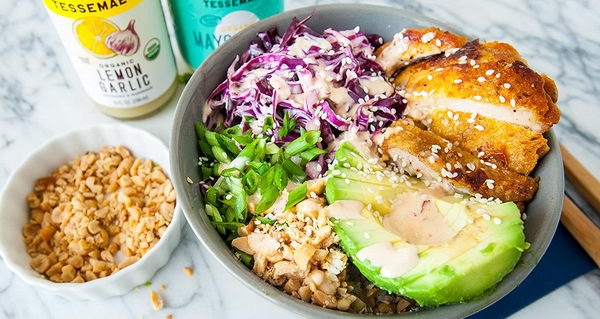
via Amazon
Annie’s Homegrown Organic Sesame Ginger Vinaigrette Salad Dressing

via Amazon
